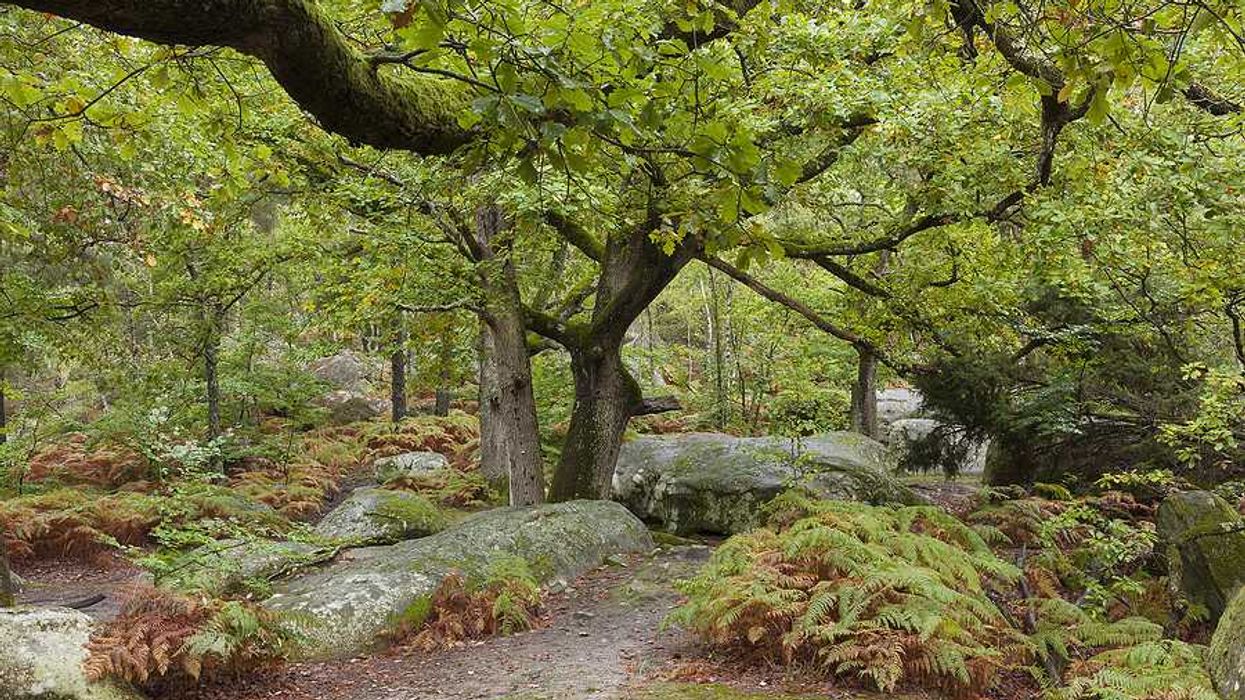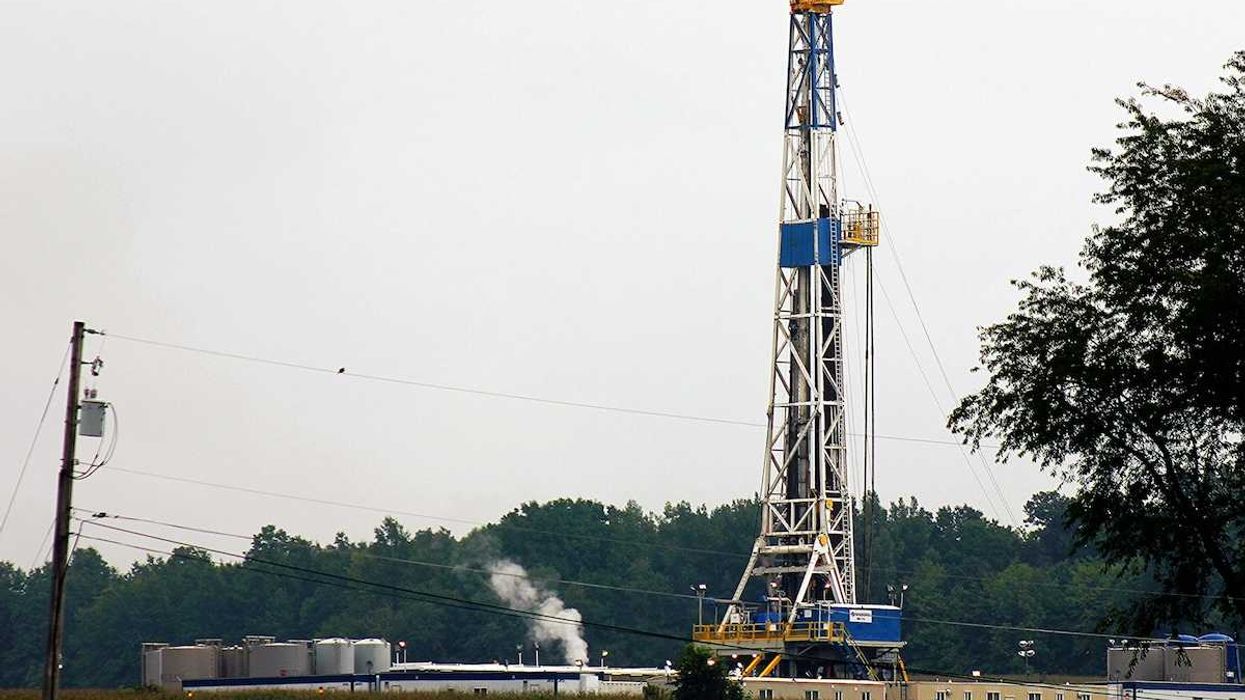After devastating landslides killed dozens in 2024, farmers on Mount Elgon are turning to agroforestry and Indigenous planting to protect their land and livelihoods.
Alex Wandeba and Freddie Clayton report for Yale Environment 360.
In short:
- In November 2024, landslides triggered by intense rainfall killed at least 28 people and displaced hundreds in Uganda’s Mount Elgon region, highlighting the growing risk from deforestation and climate change.
- Local farmers, many of whom have lost homes or loved ones, are now embracing agroforestry practices, combining native trees and perennial crops to reduce erosion, rebuild soil health, and improve water retention.
- Community-led programs supported by NGOs and international partners are training residents in sustainable land-use techniques, but long-term success depends on continued funding, proper tree selection, and cultural engagement.
Key quote:
“People lost their lives, properties, crops, animals. They saw the negative impact, and they understood they could make a difference.”
— Rogers Fungo, project officer at MEACCE
Why this matters:
Mount Elgon’s slopes are fertile and densely populated, but they’ve become dangerously unstable. As the climate warms and rainfall intensifies, landslides are striking more often and with greater force. Tree loss, poor farming techniques, and rapid development have left the land stripped and fragile. Efforts to replant native trees and adopt agroforestry mark a shift away from damaging practices, but these strategies require time, labor, and investment. With millions living in similar mountainous regions worldwide, Mount Elgon’s story is a preview of what unchecked environmental stress can bring, as well as an opportunity to explore solutions.
Related: Deforestation leads to risky dietary changes in Uganda's wildlife














